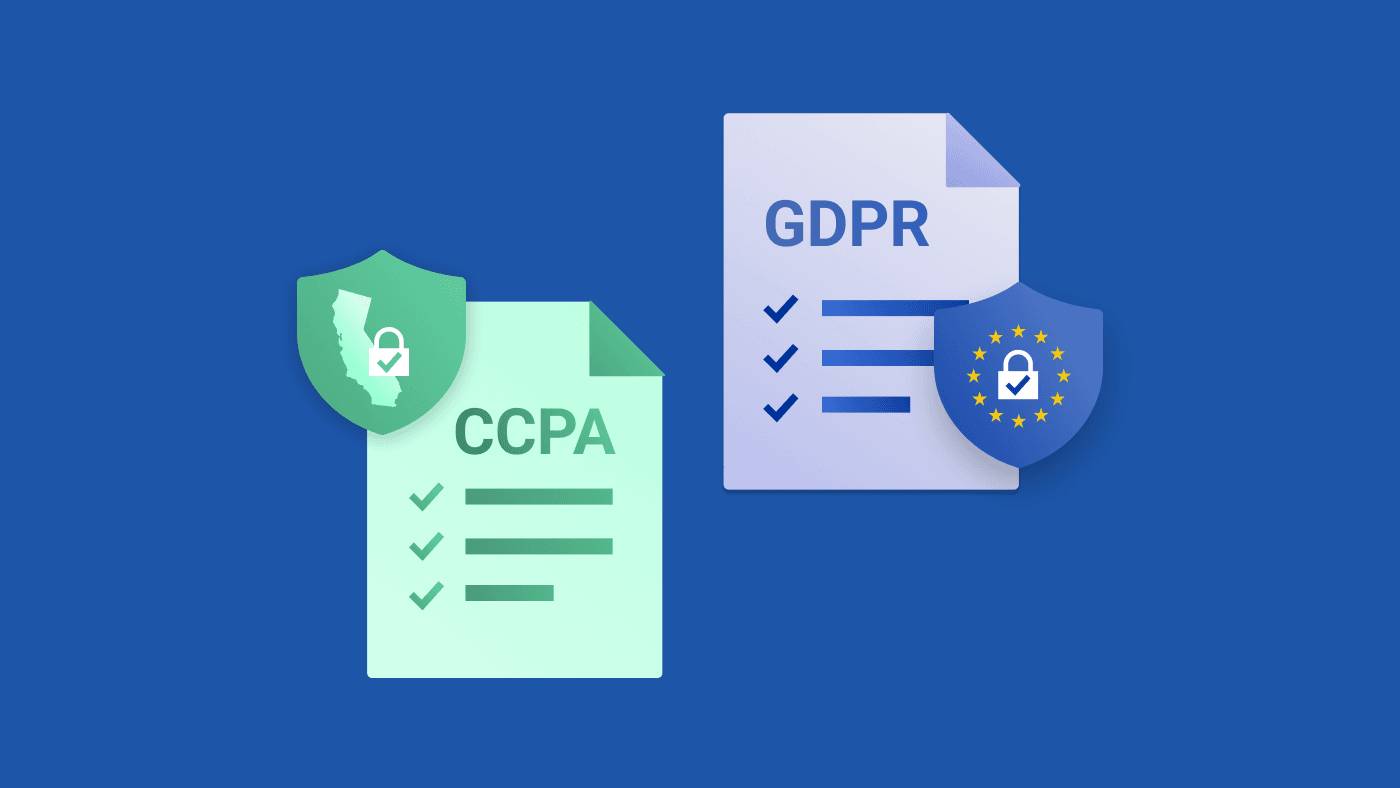In the digital age, our personal information is no longer just something we keep in diaries, locked cabinets, or whispered secrets. It’s in the cloud, on servers scattered across continents, in databases that power social media, e-commerce, online banking, and even the apps that count our daily steps. Every click, every “like,” every GPS ping is a breadcrumb leading back to us. Data has become a currency — and like any currency, it attracts both legitimate use and exploitation.
The explosive growth of the internet in the late 20th and early 21st centuries created a world more connected than ever before. But as connectivity grew, so did the potential for abuse. Companies could track our online movements to an extraordinary degree, advertisers could profile us with unsettling accuracy, and hackers could weaponize stolen personal data.
It became clear that without rules, without boundaries, the digital ecosystem would favor exploitation over protection. Data privacy laws emerged not as bureaucratic formalities but as shields for one of our most fundamental rights — the right to control our own information. And at the forefront of this movement came two landmark regulations: the General Data Protection Regulation (GDPR) in Europe and the California Consumer Privacy Act (CCPA) in the United States.
A World Before GDPR
To understand the significance of modern privacy laws, it helps to imagine the “wild west” days before them. In the early 2000s, personal data was often treated like an unguarded gold mine. Tech giants and small websites alike could collect vast amounts of information without meaningful consent, often burying their intentions in dense legalese that no one read.
The scandals piled up. Data breaches exposed millions of credit card numbers. Social media platforms were caught selling user information to advertisers without permission. Governments, too, were tempted by the surveillance capabilities of modern technology. Trust began to erode.
In Europe, the legal framework for privacy dated back to the Data Protection Directive of 1995, but it was inadequate for the modern internet. It lacked the teeth to enforce meaningful consequences on global corporations. The European Union decided it needed something stronger, something that would reshape the digital landscape.
The Birth of GDPR
In April 2016, the General Data Protection Regulation was adopted, and by May 25, 2018, it became enforceable. GDPR was not just another law — it was a statement of values. It treated data privacy as a fundamental human right and applied uniformly across all EU member states.
What made GDPR revolutionary was its extraterritorial scope. It wasn’t just for European companies. Any organization anywhere in the world that collected or processed the personal data of EU residents had to comply. This global reach turned GDPR into a de facto international standard.
The regulation granted individuals unprecedented control over their personal data. They could request to see it, correct it, delete it, or move it to another service. Companies had to clearly explain how and why data was collected and secure it against breaches. And violations could cost up to €20 million or 4% of global annual revenue — whichever was higher.
This was no symbolic gesture. In the years that followed, giants like Google, Meta, and Amazon faced massive fines. GDPR had teeth, and it wasn’t afraid to bite.
The Spirit of GDPR: Consent, Transparency, and Control
At the heart of GDPR lies a simple yet powerful principle: personal data belongs to the individual, not to the company that collects it. This principle manifests in several ways:
- Consent must be informed and explicit. No more pre-ticked boxes or hidden clauses.
- Data minimization requires that companies collect only what they truly need.
- The right to be forgotten allows individuals to demand the deletion of their data.
- The right to data portability ensures users can take their data to a competitor without penalty.
Perhaps most importantly, GDPR treats privacy as proactive, not reactive. Companies must design systems with privacy in mind from the start — a concept known as privacy by design.
California Steps In: The Birth of CCPA
Across the Atlantic, the United States had long taken a more fragmented approach to privacy. Instead of one overarching federal law, various sector-specific laws existed: HIPAA for healthcare, COPPA for children, and GLBA for financial institutions. But there was no comprehensive law governing how companies could use consumer data.
That changed in 2018 when California passed the California Consumer Privacy Act (CCPA), which took effect on January 1, 2020. California, with its massive economy and tech industry presence, became the first U.S. state to enact a law comparable in ambition to GDPR.
Like GDPR, CCPA gave consumers more control over their data, but its approach was distinctly American. It emphasized the right to opt out of data sales, transparency in data collection practices, and the ability to request deletion. It also introduced a private right of action for certain data breaches, meaning individuals could sue companies for mishandling their information.
Comparing GDPR and CCPA: Cousins, Not Twins
While both GDPR and CCPA aim to protect personal data, they differ in philosophy and scope. GDPR requires opt-in consent before data is collected, while CCPA generally assumes consent unless the consumer opts out. GDPR covers all types of data processing, while CCPA focuses more on the buying and selling of personal information.
GDPR is rooted in the idea of privacy as a human right. CCPA frames it more as a consumer protection issue. And while GDPR applies globally to anyone handling EU residents’ data, CCPA is tied to California residents — though in practice, many companies apply its standards nationwide to simplify compliance.
Beyond GDPR and CCPA: A Patchwork of Global Laws
The influence of GDPR has rippled worldwide. Brazil introduced the Lei Geral de Proteção de Dados (LGPD) in 2020, echoing many GDPR principles. Canada has its Personal Information Protection and Electronic Documents Act (PIPEDA), now under review for modernization. Japan, South Korea, and Australia have strengthened their privacy regimes.
Even within the United States, other states have followed California’s lead. Virginia, Colorado, Utah, and Connecticut have passed their own comprehensive privacy laws, each with subtle differences. This patchwork approach creates challenges for businesses that must navigate overlapping and sometimes conflicting rules.
The Human Side of Privacy
It’s easy to see privacy laws as dry legal frameworks, but behind every regulation is a deeply human need: the desire to feel safe, respected, and in control of our lives. Losing control of our data can mean far more than getting spam emails. It can mean identity theft, stalking, discrimination in employment or housing, or even political manipulation.
Consider the Cambridge Analytica scandal, where personal data from millions of Facebook users was harvested without consent to influence elections. Or the countless victims of breaches where sensitive health or financial records were exposed. These are not abstract risks; they are real harms that can change the course of a person’s life.
Challenges of Enforcement and Compliance
As sweeping as GDPR and CCPA are, they are not without challenges. Enforcement can be slow, and regulators often face resource constraints when going up against multinational corporations. Small and medium-sized businesses struggle with the cost and complexity of compliance.
Technology evolves faster than law. Artificial intelligence, facial recognition, and biometric tracking raise questions that current regulations only partially address. Laws written even five years ago may not fully anticipate the privacy implications of a world where AI can recreate a person’s voice or face from minimal data.
The Future of Privacy: Toward a Global Standard?
The momentum toward stronger privacy protections shows no sign of slowing. Citizens are increasingly aware of their rights, and public pressure is pushing lawmakers to act. There is talk of a potential U.S. federal privacy law, though political divisions have stalled progress.
Some envision a future where a single, global privacy standard exists — one that blends the best of GDPR, CCPA, and other laws. This would simplify compliance for businesses and give individuals a consistent set of rights no matter where they are. But achieving such harmony would require unprecedented cooperation among nations with very different values and priorities.
Why Privacy Laws Matter to All of Us
You don’t have to be a tech expert or a lawyer to care about privacy laws. Every time you shop online, stream a movie, use a navigation app, or post on social media, you are trusting someone with pieces of your life. Data privacy laws are the silent guardians standing between you and the misuse of that trust.
They are imperfect, evolving, and sometimes frustrating to navigate — but they represent a collective recognition that in the digital age, freedom includes the right to decide who knows what about us.
Closing Thoughts
GDPR, CCPA, and the growing web of global privacy laws are not simply legal texts. They are expressions of a world grappling with the moral, social, and technological challenges of our time. They ask difficult questions about the balance between innovation and protection, commerce and consent, individual rights and collective interests.
In the end, the story of data privacy is the story of power — who holds it, who can access it, and how it is used. As technology marches forward, these laws will continue to be rewritten, refined, and challenged. Our task, as digital citizens, is to remain vigilant, informed, and unafraid to demand that our rights keep pace with the machines we create.
Because privacy, once lost, is rarely regained. And in a world built on data, protecting it may be the most human thing we can do.






